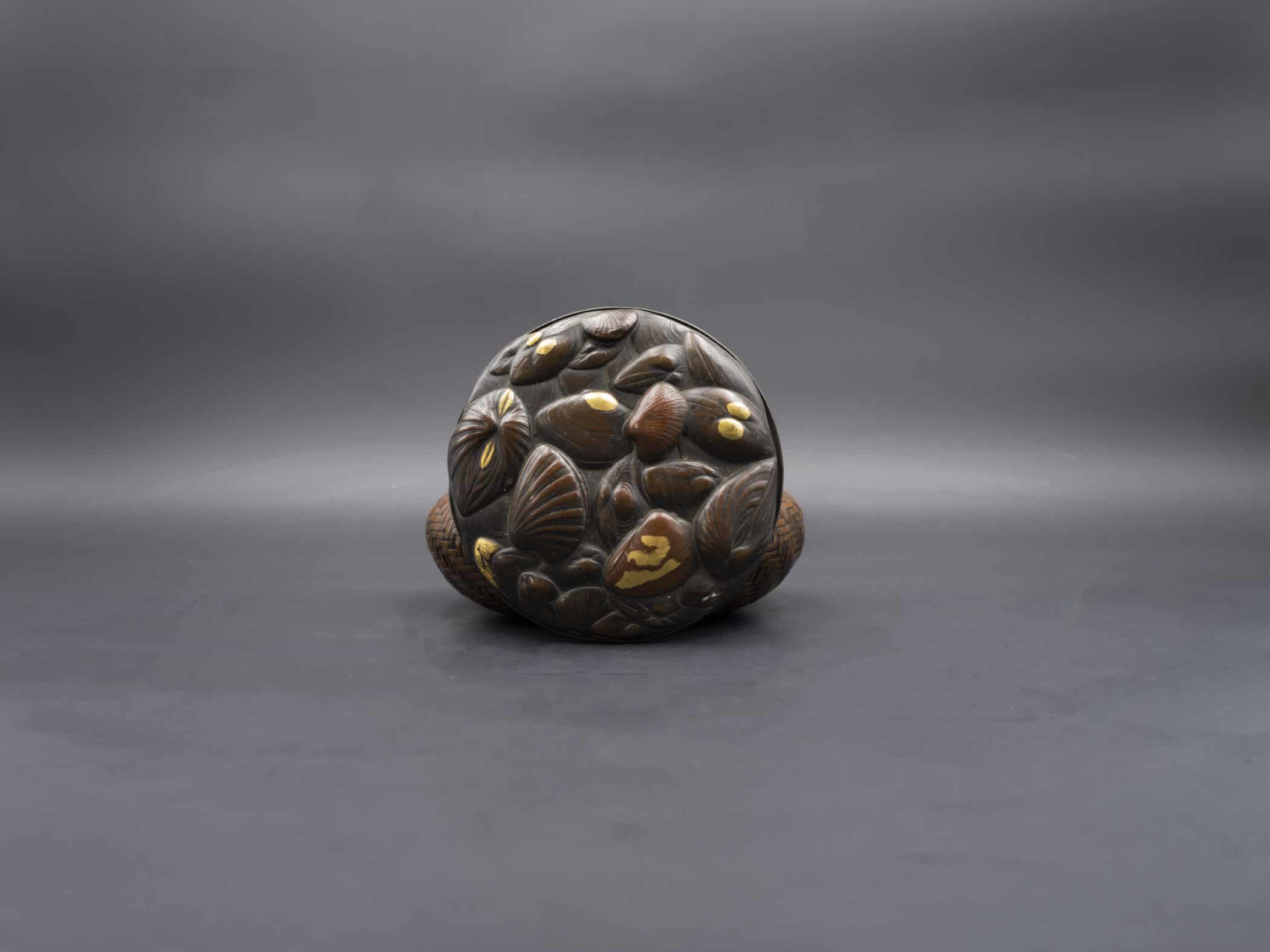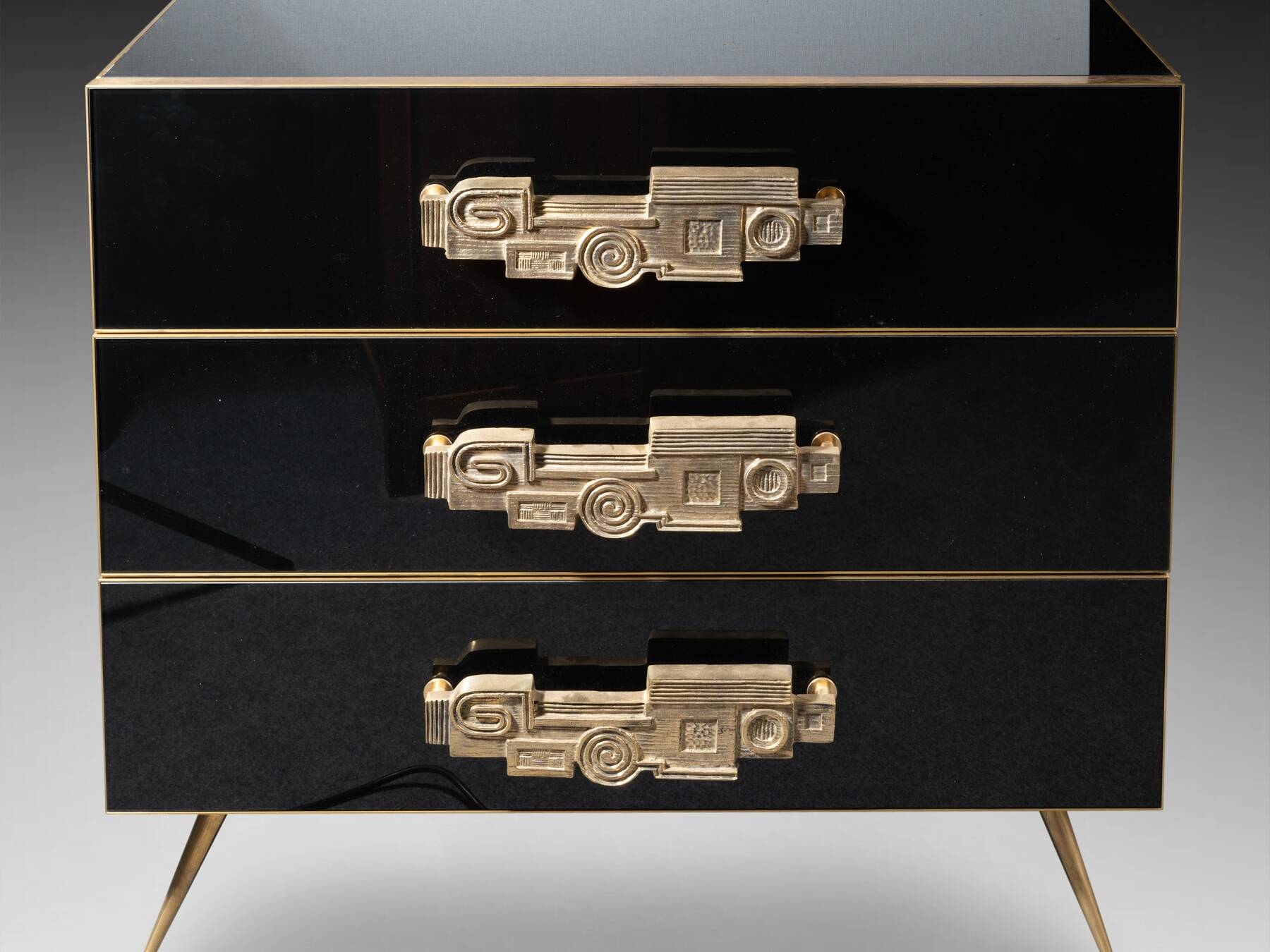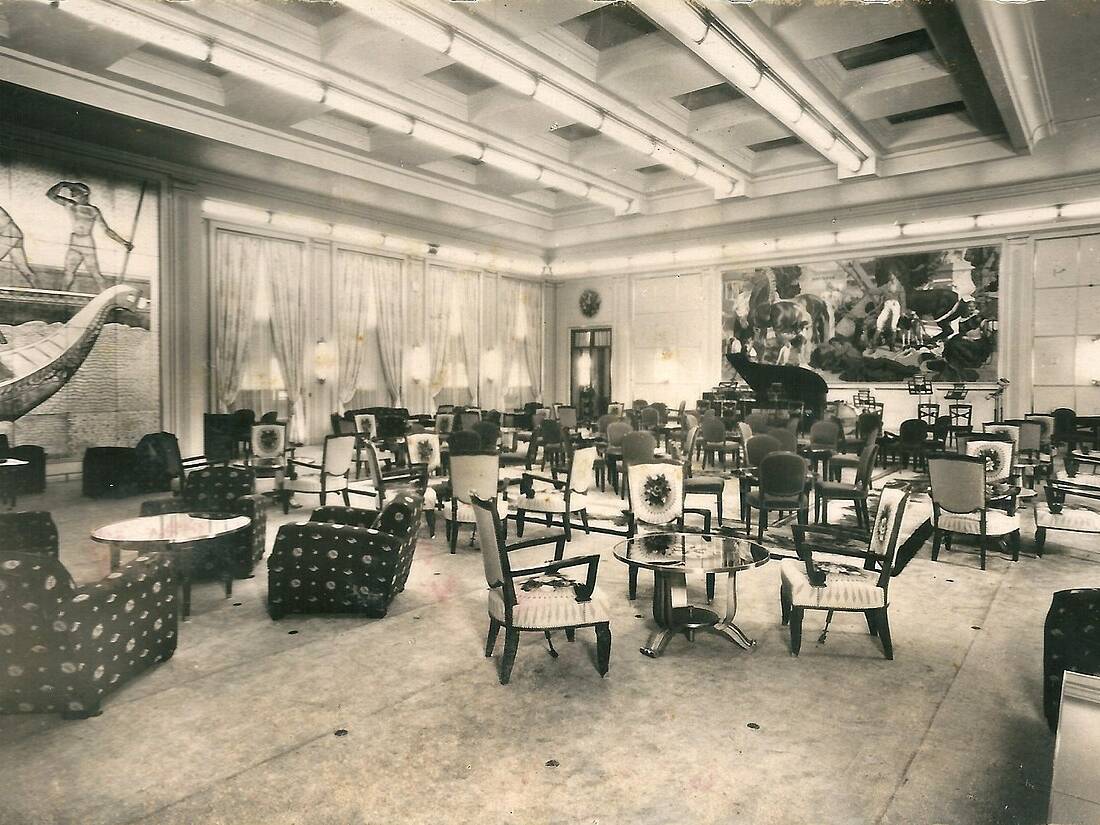Basketry: a Japanese intangible heritage
Basketry is recognized as one of the eight traditional Kogei Gijutsu crafts of Japanese intangible heritage. Japan’s special attention to craftsmanship defines arts protected by a know-how transmitted from master to pupil and most often from parent to child. Some masters who have achieved a very high degree of mastery of their art are awarded the title of Living National Treasure, in the same way as certain objects displayed in museums. What they have in common is their ability to transmit over time a heritage, an aesthetic or a piece of history and, in the case of the craftsman, a technical gesture.
Bamboo basketry is one of these protected crafts and its importance in Japanese society inspired both graphic art and metal art. Our company is a witness to that.
Bamboo has always been used in Japanese folk craftsmanship. Its profusion in the archipelago, its exceptional flexibility and resistance, not to mention its value as a philosophical symbol (because bamboo grows around emptiness) make it a humble and beautiful material, without ostentation or pretension, suitable for both Japanese crafts and art objects.

An aesthetics of simplicity
It would be futile to think that a Westerner appreciates art in the manner of a Japanese. The very concept defining Japanese aesthetics is in every way far removed from the European taste for the representation of form. Japanese taste considers the existence of nothing and, in this sense, attributes to it a considerable place as a revelation of what is. This aesthetic known as Wabi Sabi contains in these two terms the essence of a concept that modern westernized society only moderately appreciates.
Wabi designates simplicity, contemplative solitude, nobility of the essential or nature, imperfection and asymmetry. Sabi refers to the slow and inexorable passage of time, to the patina but also to dust, to slight breaks, to objects and men damaged, wrinkled, aged. The combination of these two terms awakens an idea of imperfect, modest and unostentatious beauty. A beauty whose first quality is that it is not new and without wisdom. The Wabi Sabi honours time and its imprint and turns away from the brilliance (too dazzling and deceptive?) of novelty.

Our copper wickerwork box is part of this discreet and silent aesthetic. The interlacing of copper – a humble, popular and unpretentious metal – evokes the work of bamboo, while the shells on the lid, barely gilded, are a reminder of the bamboo baskets of Japanese fishermen.
The inside of this box has lost some of its lacquer and that is all the more appreciable. The slightly uneven lid may have been uneven since its inception. No doubt if the shape had been perfect or if the craftsman had preferred bronze or more gilding, the object would have been insipid. Its Wabi Sabi aesthetic makes it a poetic ode to one of the most delicate Japanese aesthetics.

Marielle Brie
Art Historian for Art Market and Cultural Media
Author of the blog Objets d’Art et d’Histoire
Autres ressources et documentations
28 June 2025
Plaster Sculptures, Plaster Casts
For a long time, plaster casts suffered from a poor reputation. Often regarded as crude replicas, and sometimes even dismissed as inexpensive imitations, they nonetheless had…
17 April 2025
The Middle-Ages Furniture
Rare and highly sought-after, Middle-Ages furniture is making a strong comeback. An overview of this market, where enlisting the guidance of a professional is strongly advisable.
18 March 2025
Murano Glass Furniture
Since the beginning of the 20th century, Murano glassmakers have been exploring new horizons. After classic lighting and decorative art, Murano glass is now used to adorn…
16 December 2024
A bronze triton after the sculptures of François Girardon (1628 – 1715) in Versailles
This fountain element is all the more admirable as it is sculpted after the masterpieces of the Pyramid Basin, on the parterre of the North Wing of the Versailles gardens.
18 November 2024
Tyco Bookcase, by Manfredo Massironi, for Nikol International
A pure creation of optical art research in the 1960s, the Tyco library shelf designed by Manfredo Massironi invites the viewer to bring the work of art to life on a daily basis.
3 August 2024
The Ocean Liner Style
In the 20th century, the immense ocean liners connecting the Old Continent and the New World were ambassadors of tastes and innovations on both sides of the Atlantic.






